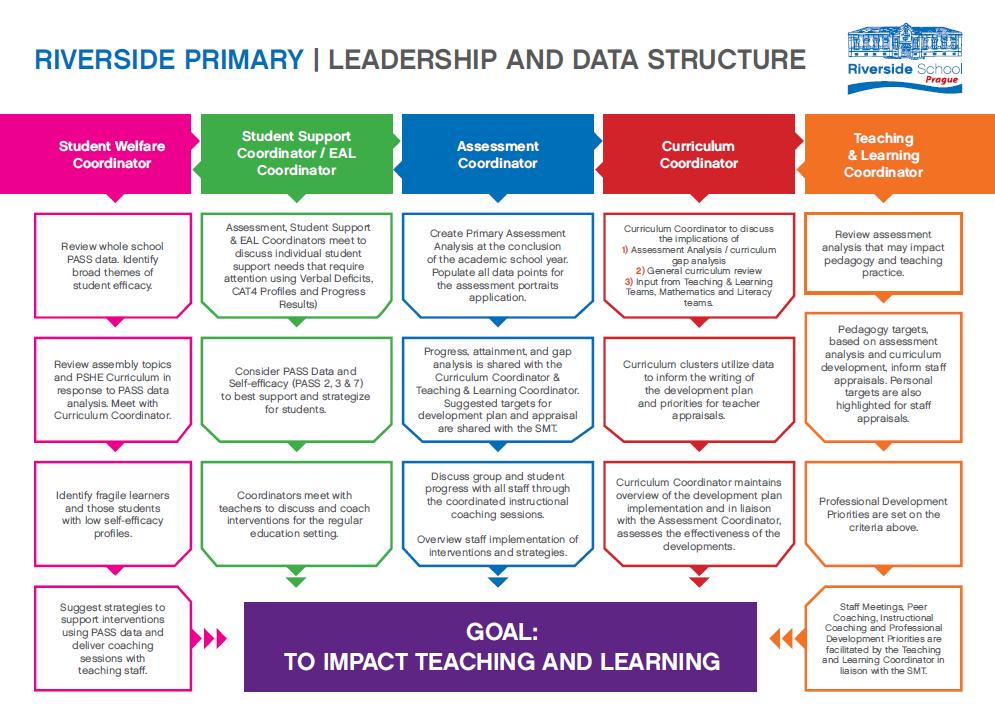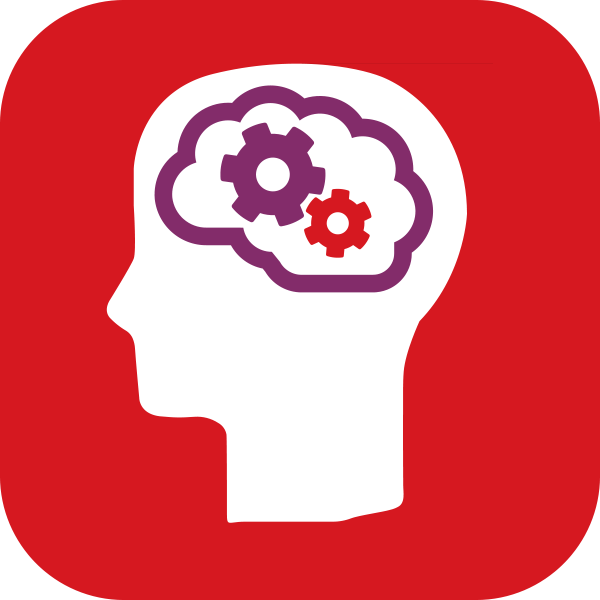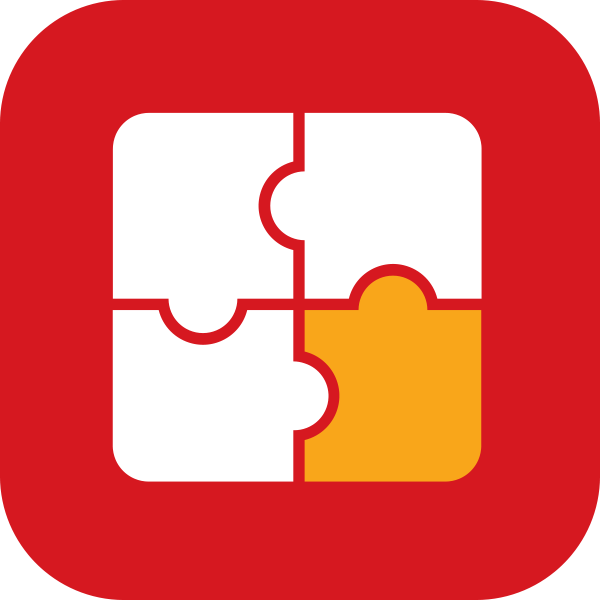
Management structure
Making data meaningful
We were looking for ways to remove barriers to our assessment practices – and this coincided with a restructuring of the Senior Management Team. Creating management roles with vertical responsibilities and allowing for the triangulation of data among these roles, meant that data, processes and ideas could be shared and could help remove barriers to progress, regarding both assessment data and the development of school targets.
The eventual investment in the GL Education assessment model coincided with these structural changes and was an agent of change which led to the management structure shown on the left.
Data and its relevance to leadership roles
We wanted to be ‘data informed’ and deliberate in developing our school processes and structure. We therefore ensured that each member of the leadership team had ownership of data. This created an atmosphere in which we had stakeholders that were now invested and informed regarding the success and development of our students.
We needed to determine which data would be useful for each member of the SMT. Some of the data points have obvious links for specific members (for example the Pupil Attitudes to Self and School (PASS) survey data is central to our Student Welfare Coordinator), but at other times is much more nuanced. Our Curriculum Coordinator has direct interest in trends for maths and literacy, by year group, as well as looking at curriculum gaps detailed in the Progress Test Series (PT Series) skills and content analysis. Our Teaching & Learning Coordinator may also be looking at these same results, by class, to see if possible issues in staff practice/pedagogy may be affecting these same outcomes. Likewise, our heads of schools may be analysing the same data with a focus on more global, development targets in mind.
“ ”
“ ”

Structuring data analysis for effective school development
The Assessment Coordinator creates an Assessment Analysis at the conclusion of each school year. The data analysis is presented to the SMT along with highlights and a specific focus related to each member of the team. These include sections on student attainment, progress, curriculum gaps, PASS results, year-on-year school trends, national and international comparisons, long-term student results, and implications/targets.
An outline of potential goals and targets is drafted and used to help guide the school-wide development plan. The targets in the development plan become working outcomes for each member of the SMT, as well as teachers, through integration with appraisal targets. This ensures a school focus on our practice, as well as individual reflection, based on our data.
Each year we draft a Development Plan for the school, based on actions that will impact the learning outcomes of our students. Analysis of the GL Education assessment data plays a major role in identifying future targets and areas for development within the school.
Every member of staff enters the appraisal process as a way to reflect on their practice and set targets to develop and impact teaching and learning. Along with setting personal targets, staff members must also set targets related to curriculum priorities and teaching and learning priorities. The ‘priority’ targets are impacted by our data analysis.
Making data accessible and training staff
Staff members receive a data binder at the start of each year with explanations, samples and policies of all our assessment practices. We have an INSET specifically designed to explain the results for PASS, the Cognitive Abilities Test (CAT4) and the PT Series. At the start of each year, we present the Assessment Analysis to our entire staff, where we highlight all of our positive trends and display areas for further development. Teachers are also given individual student results with support and explanations from the Assessment Coordinator, Student Welfare Coordinator and SMT.
Allowing data to be used by various school stakeholders, in a visual and easily understood way, was a main priority in order to develop the assessment practice at Riverside. This process began with the idea to create a web-based application, which would triangulate numerous data points, provide easily understood analysis for all staff stakeholders and impact our individual approach to teaching and learning.
This data application, which we call Student Assessment Portraits, is used from Year 1 through to Year 13 and provides access to all relevant student assessment data. Through staff training, coaching and exercises, we have now begun to create an environment where all staff members can confidently understand and use data in a more meaningful way.

Initial reactions and next steps
The changes and development to the management structure, pedagogy and data culture have allowed for exciting opportunities within the school and we continue to look for new ways for school leaders to develop our current practice.
Through the initiatives of our Teaching & Learning Coordinator, we have recently completed our first coaching cycle of the Student Assessment Portraits application. We continue to look for those staff who may take a further role in coaching our data. Evidencing the impact or our practice will be essential, as we look to develop new initiatives, track teacher feedback and use of data, as well as analysing any changes to the progress, achievement or well-being of our students.



